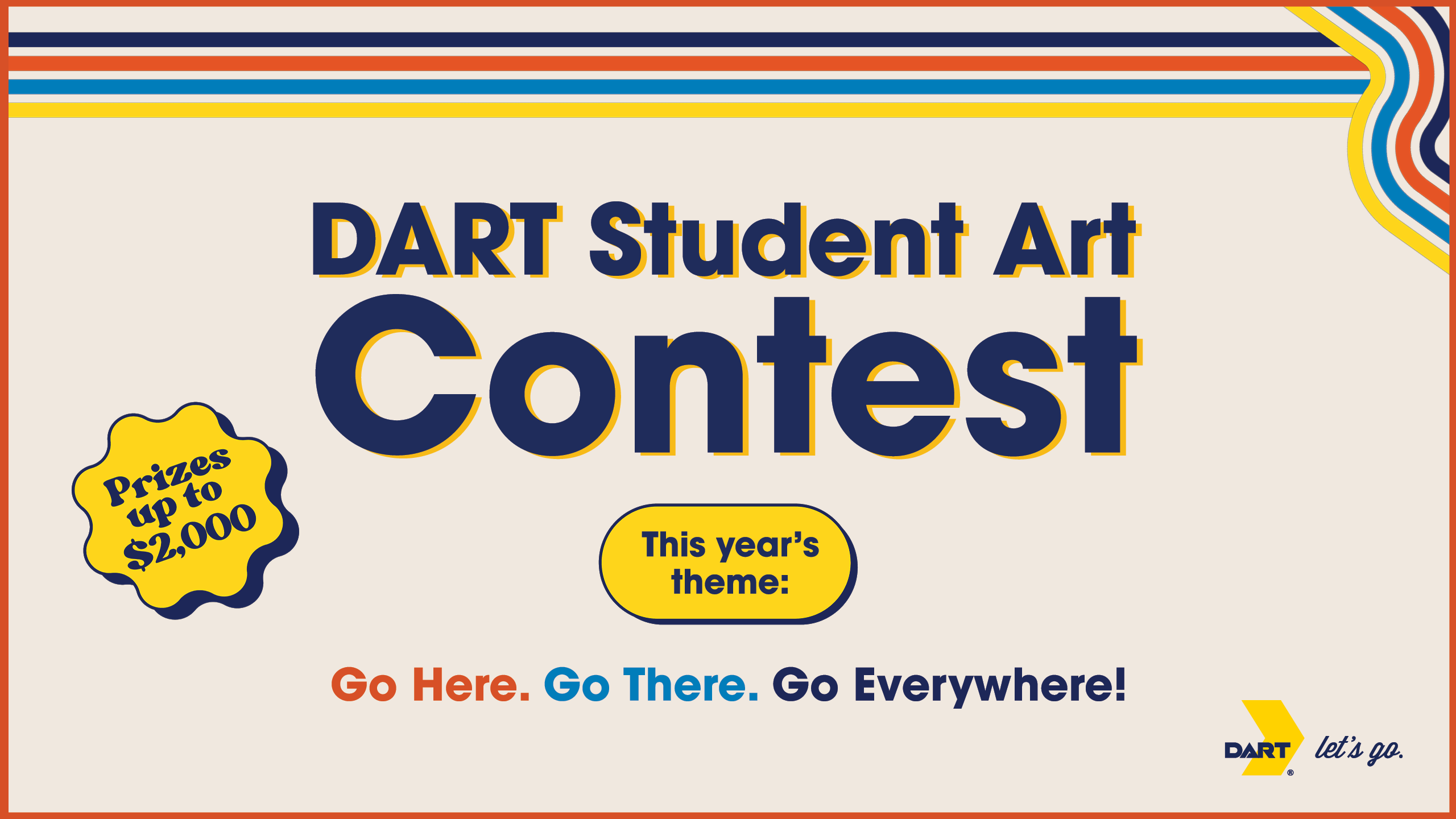Uniting Two Worlds
페이지 정보

본문
One of the most striking examples of this fusion can be seen in the world of graphic design. Artists such as M.C. Escher and Ellsworth Kelly have employed scientific techniques to create groundbreaking and innovative works of art. Escher's mind-bending illusions used algebraic equations to create intricate patterns, while Kelly's abstract sculptures exploited the human perception of color to create dynamically evolving patterns.
In music, the intersection of art and science has led to some truly revolutionary breakthroughs. The work of music theorists and acousticians such as Karlheinz Stockhausen has inspired a generation of contemporary musicians to push the boundaries of what is possible. Xenakis's use of stochastic processes has given rise to some of the most original and groundbreaking music of the past century.
Art and science also intersect in the field of architecture. The works of modern architects such as Frank Lloyd Wright have been deeply influenced by the principles of fractal geometry. Their designs often featured self-similar structures that exploited the natural laws of the world.
The convergence of art and science also has a striking effect on our understanding of the human brain and its many intricacies. Cognitive science is a dynamic and rapidly evolving field that seeks to understand the cerebral mechanisms of emotional experience. By combining insights from psychology, neuroscience, and computer science, cognitive scientists have been able to make new discoveries on some of the most intractable problems of human existence.
Despite the many tangible benefits of this fusion, there are still those who contend that art and science are inherently opposed. These detractors often argue that art and science are mutually exclusive. However, history has consistently shown that this is not the case. From the geometric patterns of Da Vinci to the computer-generated fractals of modern day, art and science have always been intertwined, and always will be.
In reality, the arts and sciences are simply different ways of exploring reality. By embracing the unity and complexity that exists between these two disciplines, we can discover new sources of inspiration. Whether we are creatives, thinkers, or scientists, it is important to appreciate the art and science implicit in all that we do, and to acknowledge the complexity that exists at the intersection of the human and the scientific.

- 이전글It's A Mazda 2 Key Success Story You'll Never Be Able To 25.05.21
- 다음글Don't Be Enticed By These "Trends" About Mazda 5 Key Fob 25.05.21
댓글목록
등록된 댓글이 없습니다.
